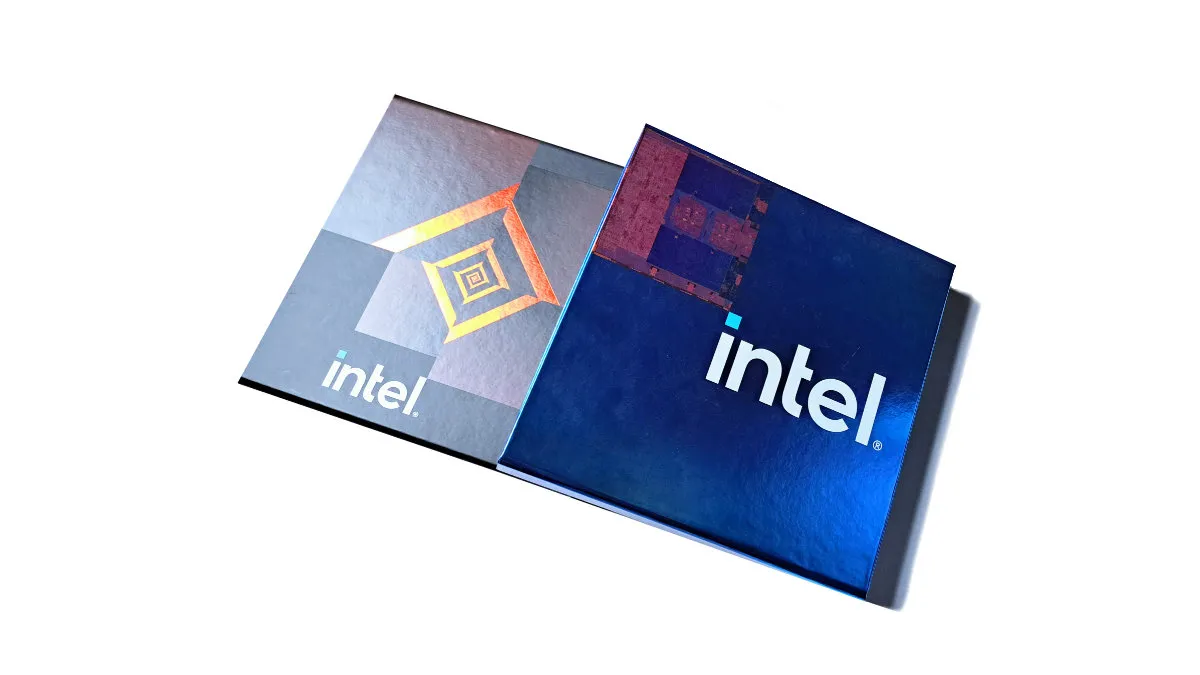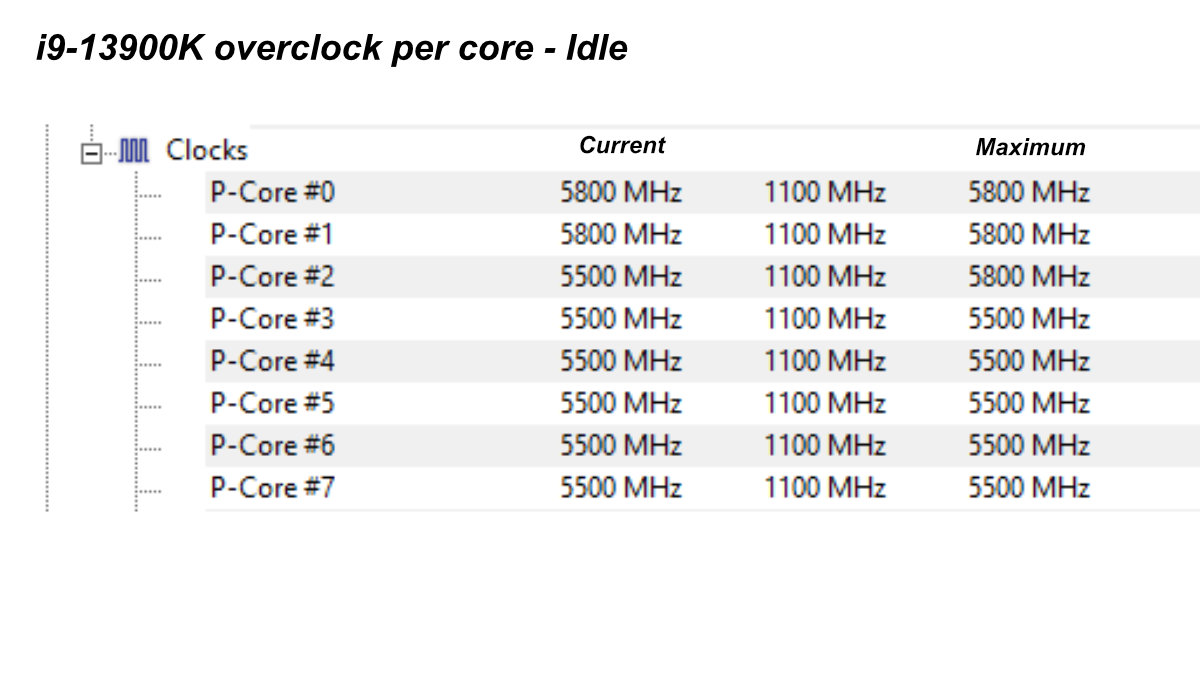Test bench updates and Intel 13th gen Raptor Lake CPU overclocking
Aside from updating our CPU test bench with an RTX 4080, we also updated the Z690 motherboard BIOS several times and observed better gaming performance with each revision. The revision we used for these benchmarks was BIOS 2204 for the ASUS ROG Strix Z690-E Gaming.
These benchmarks use the ASUS ROG one-click AI OC feature for all CPUs tested, whereas the focus in the original reviews was on stock Intel settings. We use one-click OC because it is quick to enable, generally stable and safe to use, and accessible on a growing number of gaming motherboards. If you do not have access to any automatic CPU overclocking profiles or algorithms on your motherboard BIOS, you can opt for a manual CPU overclock.
We used a 360mm Corsair H150i Elite AIO liquid cooler with Thermal Grizzly Kryonaut thermal paste as the cooling solution for the 13600K and 13900K overclocks. The overclocking potential is where Raptor Lake varies greatly from the previous gen. However the goal of this piece is just to show the gaming performance and is not a deep dive into Raptor Lake overclocking, so we’ll keep this brief.
The 13600K overclocked to 6.0GHz on three P-Cores at idle and remained stable at 5.7GHz while running games. That’s a 600+ MHz jump over the stock max frequency, and under load at that. i9-class frequencies are achievable with a proper overclock
The downside to this is the power consumption and resulting temperatures, which spiked up to 210W in some games with an average power consumption of 160-180W. We were able to keep the temperatures in the high 70C range with an aggressive fan curve and higher pump speeds, but there were occasional spikes into the low 80s. Our suggestion would be to dial the performance back. ASUS seems to agree as well, because we noticed the latest motherboard BIOS AI-OC revision reduces P-Core clock speeds by 100-150MHz by default. The system ran noticeably cooler as a result.
Overclocking potential is entirely different for the 13900K. The main difference we were able to achieve was a near-locked 5.8GHz at idle on three P-Cores. The frequency behavior was far more sporadic at stock Intel settings, often dropping to 5.5 GHz. Under gaming loads, the overclocked P-Cores immediately dropped down into the 5.5-5.6GHz range the same as stock.
It’s possible to get more aggressive overclocks on the 13900K if your goal is as much fps as possible and you have a good enough system to handle it. We managed 6.0-6.2GHz idle frequencies on three P-Cores along with 5.7GHz under load. It was stable in gaming, although we did eventually experience random system crashes in non-gaming applications and had to dial it back. High temperatures were another concern with this overclock, spiking up to 95C on certain P-Cores.
The 13900K package temperatures averaged 67-77C and never exceeded 81C with the reduced overclock. The power consumption averaged around 150W in Cyberpunk 2077. We find this game consumes more power than most games, so we provide it as an extreme example for what to expect. This overclock is therefore far more feasible because it’s stable, doesn’t use significantly more power, and doesn’t get inadvisably hot. We therefore gathered our benchmark data using this reduced overclock.
In short, the 13600K overclocks significantly, but the 13900K feels like it’s already overclocked out of the box. Perhaps the two fewer P-Cores allows the 13600K to clock slightly higher while keeping temperatures manageable as well. Our applied overclock on the 13900K does help Intel’s “5.8GHz CPU” claim somewhat, but 5.5-5.6 GHz is more accurate for gaming.
- Overview
- Test bench updates and Raptor Lake overclocking
- Gaming performance and multi-tasking
- Conclusion








Published: Jan 20, 2023 04:30 pm